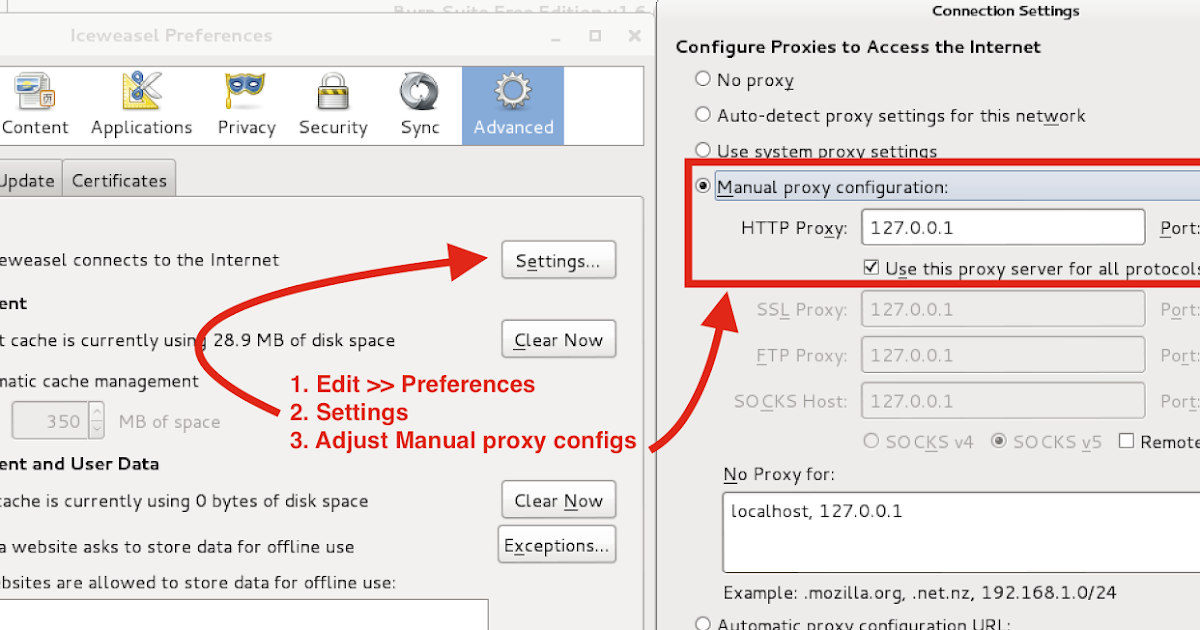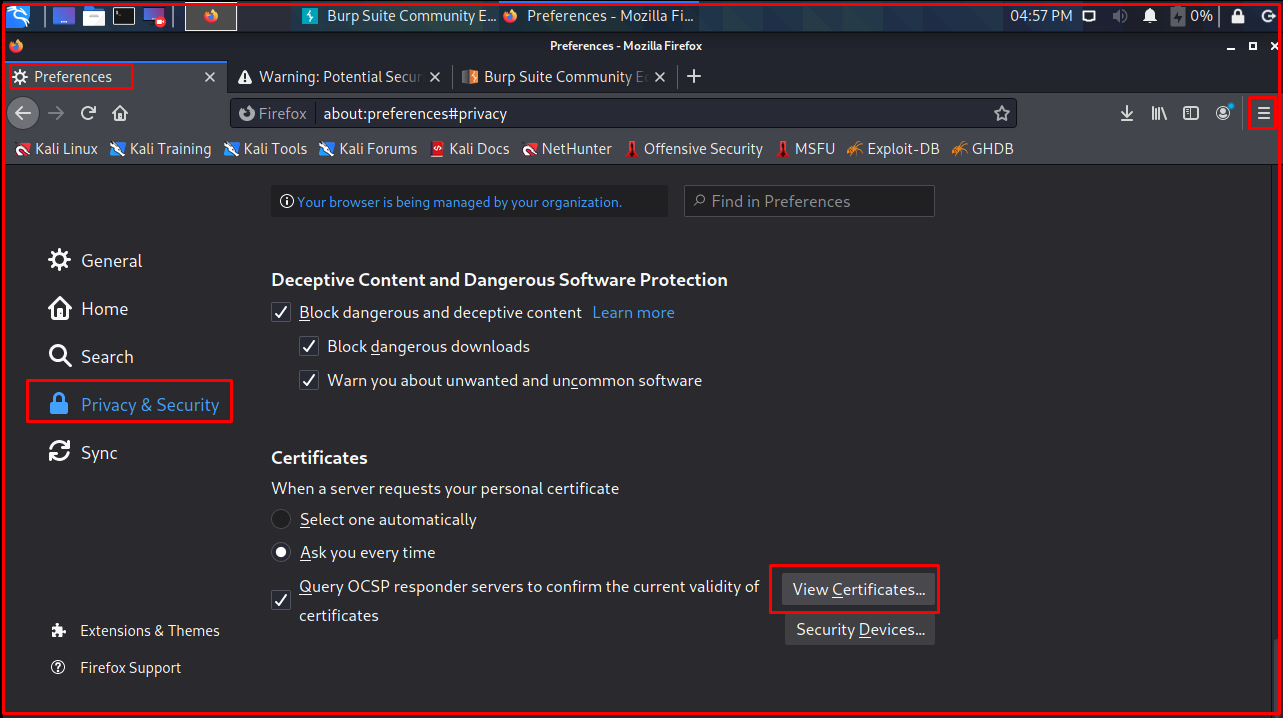
This has the added benefit of recording the attack responses in one window for easy inspection. The better alternative is to leverage Burp Suite to do this easily with a few clicks. You can even spend some time whipping up a Python script that can automate this task.


You could try and guess each day manually, but that's not ideal.

BURP SUITE BRUTE FORCE PDF
The filenames appear to be the MD5 digest of the date the file was generated, but the application will not generate a PDF file every day. You can get creative with custom payloads and payload processing.Ĭonsider a scenario where the application generates PDF files with sensitive information and stores them in an unprotected directory called /pdf/. This is a convenient way to implement this protocol, but it has the implication that this file must be readable by anonymous users, including yourself.Ī sample robots.txt file will look something like this:Ĭredential brute-forcing is just one of the many uses for Intruder. The robots.txt file essentially provides instructions for legitimate crawler bots on what they're allowed to index and what they should ignore. The robots.txt file is generally interesting, as it can provide "hidden" directories or files, and can be a good starting point when brute-forcing for directories or files. While brute-forcing for files, you can take this into account when attaching the extension to the payload. In contrast, while there are Active Server Pages (ASP) processors on Linux systems, PHP or Node.js are much more common these days.
BURP SUITE BRUTE FORCE WINDOWS
While PHP is still available on Windows (via XAMPP), it is not as commonly encountered in production environments. For example, an IIS web server is more likely to have an application developed in ASP.NET as opposed to PHP. You can make assumptions about the application based on the very simple information shown in the preceding list. Underlying operating system: Linux, Windows, or embedded.Server-side development language: ASP.NET, PHP, or Java.The webserver software: Apache, NGINX, or IIS.Useful information can include the following:
BURP SUITE BRUTE FORCE CODE
While Nikto and Nmap may not always find a quick and easy remote code execution vulnerability, they do return data that can be useful when deciding what wordlist to use for discovery. Hopefully, target mapping has already provided a few key pieces of information that can help you to brute-force more efficiently. The security community is a frequent contributor to SecLists, and it is good practice to pull the latest changes from GitHub before starting an engagement. Webshells for common languages, Windows Netcat, and an EICAR test file Wordlists for use when "grepping" for interesting information Large numbers of wordlists for common passwords, split into top-N files Various wordlists that may have obscure uses įuzzDB, Brutelogic, Polyglot payloads, and more One of the better collections of common keywords, credentials, directories, payloads, and even webshells is the SecLists repository. The rockyou.txt list has over 14 million entries and could eventually result in a successful credential guess, but it may be better to limit the flood of traffic to the target with a smaller, more efficient list. Brute-forcing a web service, for example, with the infamous rockyou.txt wordlist will no doubt wake up your friendly neighborhood security operations center ( SOC) analyst and may put an end to your activities early. Primarily, it is time-consuming and can be very noisy. There are obvious challenges to brute-forcing. Brute-forcing can help to reveal information that may have been obscured, or can grant access to a database because the developer forgot to change the default credentials. Many successful engagements were made so by weak credentials or application misconfiguration.

We may also brute-force a web application's root directory looking for common misconfiguration and misplaced sensitive files. We may brute-force a login form on an administrative panel in order to look for commonly used passwords or usernames. A brute-force attack typically involves a barrage of requests, or guesses, to gain access or reveal information that may be otherwise hidden.


 0 kommentar(er)
0 kommentar(er)
